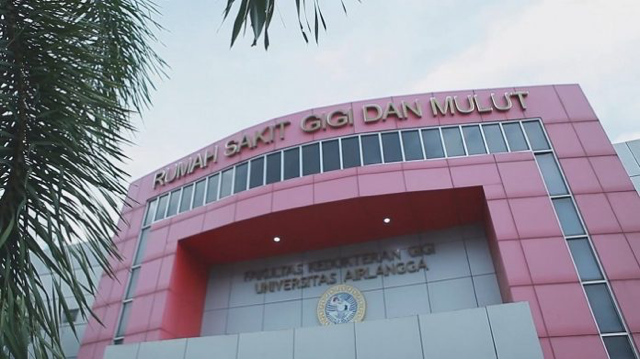Tentang KamiPedoman Media SiberKetentuan & Kebijakan PrivasiPanduan KomunitasPeringkat PenulisCara Menulis di kumparanInformasi Kerja SamaBantuanIklanKarir
2025 © PT Dynamo Media Network
Version 1.103.0
Konten dari Pengguna
Why Effective Communication is Critical in Healthcare
5 Januari 2025 14:42 WIB
·
waktu baca 3 menitTulisan dari Khandra Mara Nurhasya tidak mewakili pandangan dari redaksi kumparan

ADVERTISEMENT
Within the walls of a hospital, what exactly differentiates the nerve-wracking confines of a stranger’s unknown treatment to an eye-opening experience with an informative and trustworthy professional? A key factor to the quality of the healing process of a patient is the nature of the therapeutics received during the healthcare visit, including both the environment as well as the professional attitude attributed to the workers. The latter, being significantly influenced by interpersonal communication methods, makes up the central aspect of an individual’s perception of healthcare treatments and procedures. This poses the question: how can healthcare workers improve a soft skill such as communication, in order to build a stronger patient-doctor relationship?
ADVERTISEMENT
There are many ways for healthcare professionals to create a reassuring environment for a worry-filled patient, whether it be verbal or non-verbal. Some examples of this can include body language, such as smiling and nodding, in order to display you are actively listening to their symptoms and emotions. Besides that, utilizing physical contact when appropriate for the specific patient can also display a sense of understanding and ease the individual’s nerves. On the other hand, health professionals may also verbally encourage people to ask questions on their treatment or potential signs of a worsening condition. By utilizing simple and clear language rather than the technical medical terms can also prevent confusion within the diagnosis process.
ADVERTISEMENT
During a recent observation at the Rumah Sakit Gigi dan Mulut (RSGM) at Campus A of Universitas Airlangga, I was given the opportunity to personally observe the communication techniques utilized within the health center. Through careful surveillance and consideration of the patient’s privacy, monitoring the health professionals’ services from a distance determined that the proper and appropriate speech as well as body language was being utilized by the healthcare employees. It is incredibly important for the professionals to adapt their techniques in accordance to the specific situation and patient and being treated at current. For example, where increased physical contact through patting a client’s shoulder would be appreciated by one individual, it may not be as suitable for a different one.
ADVERTISEMENT
Ultimately, the experience within the RSGM allowed me to reflect on the complex procedures and mannerisms required within the healthcare field, which may not be as objective and standard as in theory. It is essential for the doctor to understand that a patient’s reaction to a particular method of communication is not textbook and must be deduced as soon as possible, without causing further distress or inconvenience. Due to such knowledge only being accessible through personal experience, the difficulty of learning increases significantly and becomes a journey rather than a regular class. This field study influenced my understanding on the importance of communication in healthcare and developed a greater appreciation towards health workers and their struggles within the field.
ADVERTISEMENT

